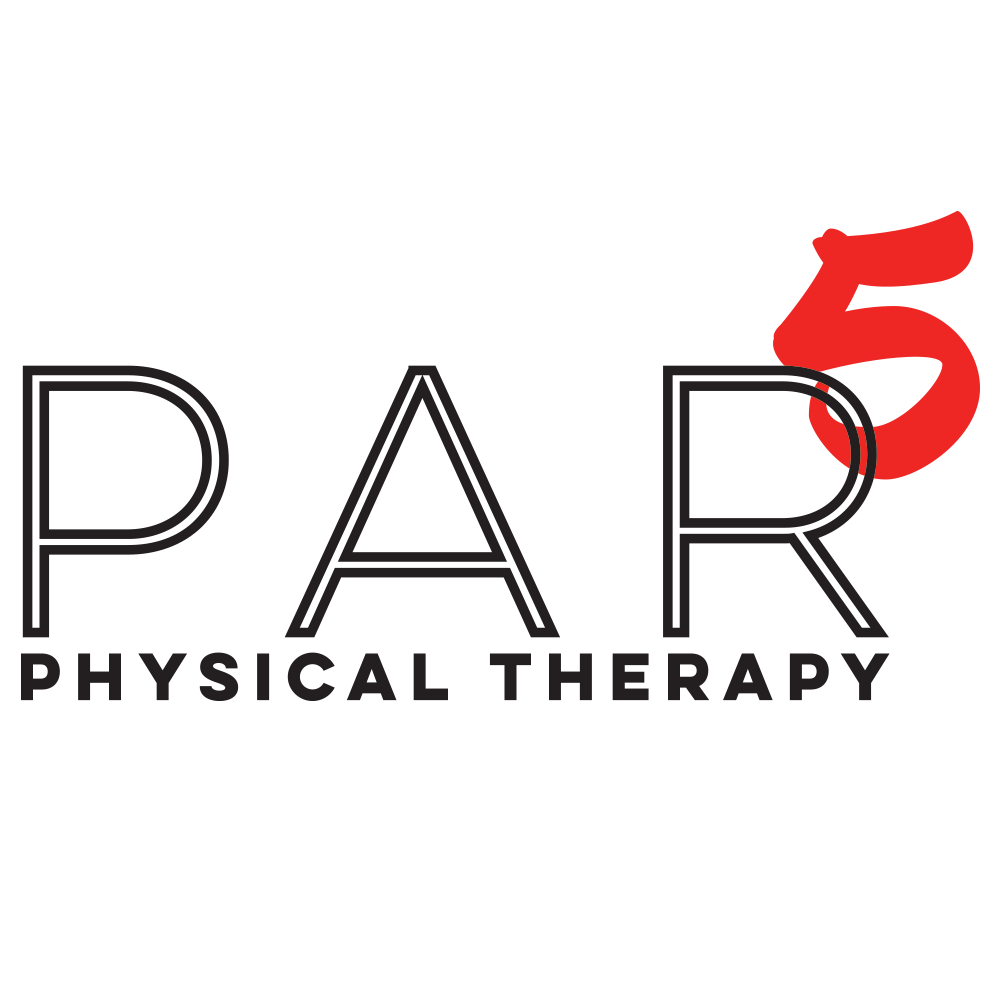Stairs and Knee Problems
Generally, with patients who have knee problems, I end up asking them about how their knees hold up on stairs. They usually complain of pain with stairs, especially going down stairs.
The biggest finding with knee pain and descending stairs is hip adduction (movement of a limb towards midline) and internal rotation (inward rotation of a limb).
So what does that all mean?
The hip is where it’s at. People who have knee problems due to Patello-Femoral Pain Syndrome (PFPS: which accounts for about 40% of all knee problems, so it’s pretty common), have problems controlling their knees during stair descent. Basically, their knees start pointing inward when they step down from a step. People who don’t have PFPS are able to control their knees better and can prevent them from collapsing inward during astep-down.
What does this have to do with the hip? Well, the knee’s inward movement during a step down is a combination of an inward rotation of the leg and adduction. This combined motion is directly related to the muscle in your hip called the gluteus medius (I like to call it the “queen” of the hip). When contracting the “queen”, the leg moves into outward rotation and abduction (movement of the limb away from midline). See the relation?
If you have knee pain, don’t just think and look at the knee joint. Look above to the hip and see if the issue lies there.
The physical therapists at Par 5 Physical Therapy can differentiate the cause of your knee pain, whether it be from the knee alone or from another body part, and perform appropriate treatment interventions to decrease pain, and then prescribe specific exercises and movements to target the deficient areas.

